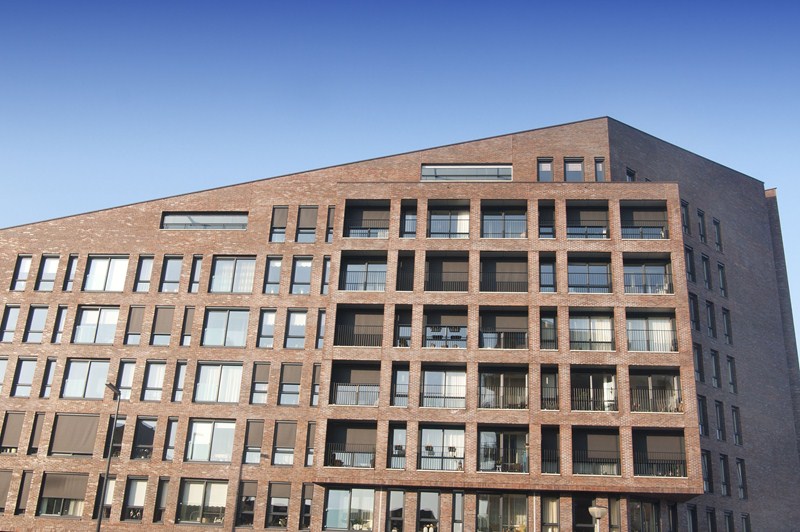Property developers have been given clarity on the ‘second staircase’ rule following the publication of the technical guidance by the Department for Levelling Up, Housing and Communities (DLUHC). The amendments to Approved Document B confirmed that new residential buildings of over 18 metres in height require more than one staircase. The main reason for this requirement is to improve building safety and escape routes in case of fire but also to avoid conflicts between emergency responders entering a building and occupants escaping during evacuation.
This rule will be enforced on all new residential buildings over 18 metres in height after the 30th of September 2026 when the transition period ends. Initially, the Government's proposal was to mandate two staircases in all new residential buildings in England above 30 metres in height. This was reduced to 18 metres to align with the threshold for high-risk buildings under the Building Safety Act 2022 and the Fire Safety Act 2021.
A second staircase is also required for a flat which does not meet the criteria of a single escape route, for instance, if the flats are not separated from the common stair by a protected lobby, or where a maximum travel distance of 7.5 metres in one direction or 30 metres in multiple directions is exceeded. Under the revised rules, interlocked stairs should be considered as a single staircase and “do not constitute an alternative means of escape”. It also now separates provisions for horizontal escape and vertical escape.
The guidance does not provide a minimum width but instead stipulates that an “acceptable width for everyday use will be sufficient for escape purposes”. It then adds that “if it is also a firefighting stair or a common stair in a building with a storey 18 metres or more in height, it should be at least 1,100mm wide. The width is the clear width between the walls or balustrades” although “any handrails and strings intruding into that width by a maximum of 100mm on each side may be ignored”.
Although not making it mandatory to include evacuation lifts, the guidance states that where those lifts are provided, “these should be located within an evacuation shaft containing a protected stairway, evacuation lift and evacuation lift lobby”. It also clarifies that “an evacuation lift lobby should provide a refuge area for those waiting for the evacuation lift, has direct access to a protected stairway and not be directly accessible from any flat, maisonette, storage room or electrical equipment room”.
Implications:
Developers have a 30-month transitional period – as the guidance was published in March 2024. During that period, they can either conform to the previous guidance or follow the updated guidance. Any new application made after the rules have entered into force and which does not follow the two staircases rule will have 18 months for construction to commerce. Otherwise, a new building regulations application will have to be submitted following the new requirements.

